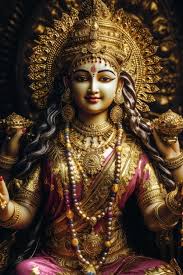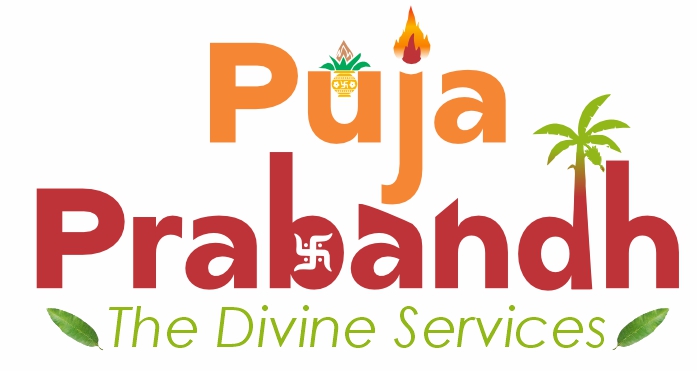
Gowri Pooja, also known as Swarna Gowri Vrata, is a traditional Hindu ritual dedicated to Goddess Gowri (Parvati), the mother of Lord Ganesha and consort of Lord Shiva. Celebrated especially in Karnataka, Andhra Pradesh, and Tamil Nadu, this puja is observed on the third day (Tritiya) of the Bhadrapada Shukla Paksha—usually a day before Ganesh Chaturthi.
Goddess Gowri symbolizes power (Shakti), purity, devotion, courage, and marital bliss. Married women and young girls perform this pooja to seek her blessings for a happy married life, family prosperity, and overall well-being.
The day starts with a ritual bath, followed by decorating the home and pooja place with rangoli, flowers, and mango leaves. A clay or silver idol of Goddess Gowri is installed on a decorated platform. Devotees perform Kalasha Sthapana (setting up a sacred pot), and adorn the idol with kumkum, turmeric, bangles, flowers, and traditional sarees.
The pooja involves chanting of Gowri Ashtottara Shatanamavali, offering prasadam like obbattu, payasam, fruits, and coconut. A sacred thread (known as Gowri dara) is tied around the wrist by women as a symbol of protection and blessings from the goddess. The story of Swarna Gowri Vrata Katha is recited, describing the origin and significance of the ritual.
Gowri Pooja emphasizes female strength, purity, and devotion, and brings women together in celebration and prayer. It is followed by Ganesh Chaturthi, where Lord Ganesha is welcomed into homes to remove obstacles and bring prosperity.
This sacred ritual is an expression of gratitude, cultural heritage, and divine worship, ensuring harmony, peace, and blessings in every household.

